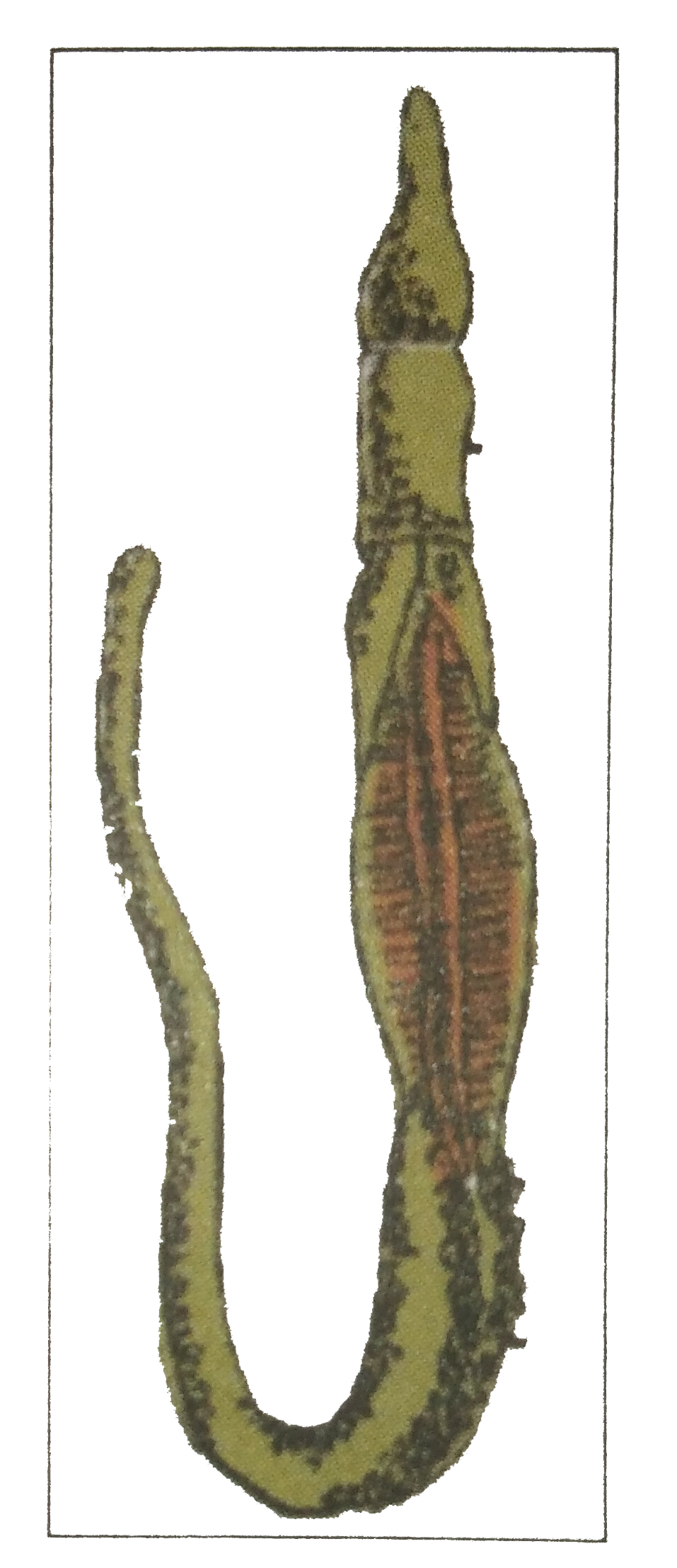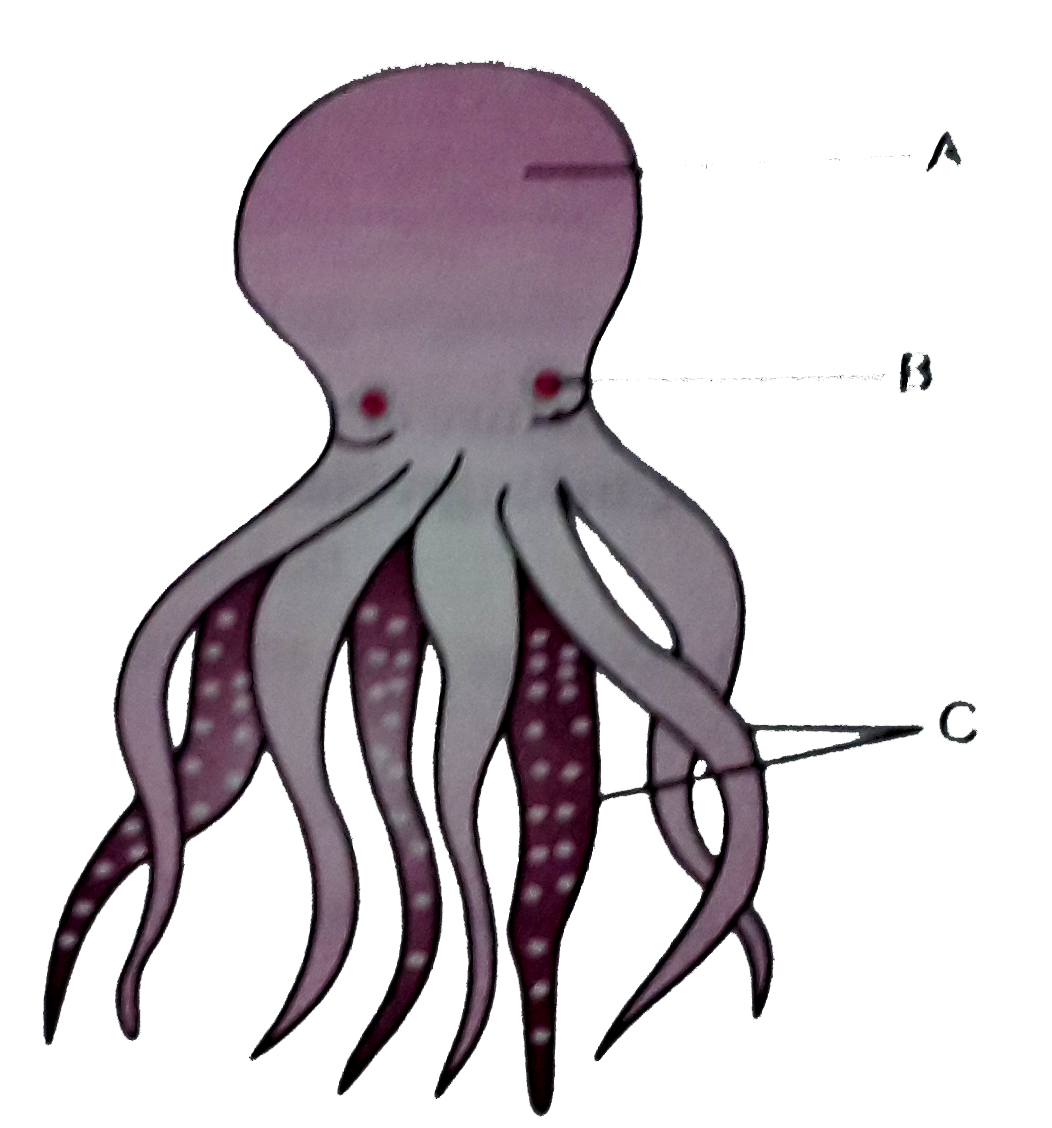Observe the picture and answer the following questions:
Name the phylum to which the organism shown alongside belongs.
Platyhelminthes
Topper's Solved these Questions
- CLASSIFICATION OF ANIMALS : INVERTEBRATESBOOK - CENGAGE BIOLOGYCHAPTER - CLASSIFICATION OF ANIMALS : INVERTEBRATESEXERCISE - MANDATORY EXERCISE (EXERCISE SET II)
22 Videos
- CLASSIFICATION OF ANIMALS : INVERTEBRATESBOOK - CENGAGE BIOLOGYCHAPTER - CLASSIFICATION OF ANIMALS : INVERTEBRATESEXERCISE - CONSOLIDATED EXERCISE
9 Videos
- CELL: THE BASIC UNIT OF LIFEBOOK - CENGAGE BIOLOGYCHAPTER - CELL: THE BASIC UNIT OF LIFEEXERCISE - MANDATORY EXERCISE (Exercise Set III) (One Mark Questions)
51 Videos
- CLASSIFICATION OF ANIMALS : VERTEBRATESBOOK - CENGAGE BIOLOGYCHAPTER - CLASSIFICATION OF ANIMALS : VERTEBRATESEXERCISE - CHALLENGING EXERCISE
2 Videos
Similar Questions
Observe the picture and answer the following questions:
Name the excretory organ of this organism.
View SolutionObserve the picture and answer the following questions:
Identify the organism shown in the picture.
View SolutionObserve the picture and answer the following questions:
What is the unique feature of this organism?
View SolutionObserve the picture and answer the following questions.

Redraw the given diagram and label.
View SolutionRead the passage and answer the following questions.

Which Phylum does it belong?
View SolutionObserve the picture and answer the following questions.

give scientific classification of the given animals.
View SolutionStudy the Figure and answer the following questions :
(a) Name the organism and write down the phylum to which it belongs.
(b) Label A, B and C
(c) Which type of symmetry is present?
(d) What type the organ is present for excretion ?

View SolutionObserve the picture and answer the following questions.

Write any four distinguishing characteristic of the Phylum.
View SolutionObserve the picture and answer the questions below:

Which animal in the image is a clone?
View SolutionStudy the picture given below and answer the questions that follow:

Name the phylum it belongs to.
View Solution
